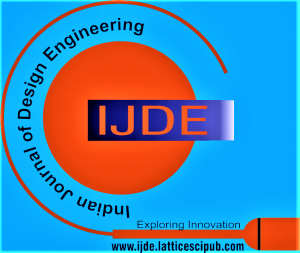![]()
A Review on Mechanical Properties of Sustainable Concrete by using Rise husk ash and hydrated lime
Doddipati Srinath1, Gomasa Ramesh2
1Doddipati Srinath, M.Tech Scholar, Department of Civil Engineering, Vaagdevi College of Engineering, Warangal, India.
2Gomasa Ramesh, M.Tech Scholar, Department of Civil Engineering, Vaagdevi College of Engineering, Warangal, India.
Manuscript received on 09 January 2022 | Revised Manuscript received on 25 January 2022 | Manuscript Accepted on 15 February 2022 | Manuscript published on 28 February 2022 | PP: 8-11 | Volume-2 Issue-1, February 2022 | Retrieval Number: 100.1/ijde.C8016021322 | DOI: 10.54105/ijde.C8016.021322
Open Access | Ethics and Policies | Cite | Mendeley | Indexing and Abstracting
© The Authors. Published by Lattice Science Publication (LSP). This is an open access article under the CC-BY-NC-ND license (http://creativecommons.org/licenses/by-nc-nd/4.0/)
Abstract: Concrete is a commonly used construction material all over the globe. Environmentally conscious construction is essential in today’s society. By using the proper materials, we may achieve long-term construction. RHA is often used as a cementitious product replacement, and in such cases, we may mix RHA with hydrated lime. Many research has been conducted on RHA, and they all indicate that it outperforms other kinds of concrete. The importance of rice husk ash in construction and its applications are the subject of this essay. Many studies have been undertaken to identify appropriate replacements for cement in concrete mixes to reduce our over-reliance on cement as a component in concrete production owing to its contribution to CO2 emissions. This article examined the research on the usage of fly ash and rice husk ash as partial concrete replacements and the chemical composition of these materials, and their impact on concrete compressive strength. The mix was created using a logical approach in which solid components were set, and water and superplasticizer content were modified to get the best viscosity and flowability. Rice husk ash (RHA) is a rice milling byproduct. Its usage as a soil stabilizer provides an environmentally friendly alternative to ultimate disposal. Because RHA is not self-cementitious, a hydraulic binder, such as lime, must be added to create cement types to strengthen the soil. In sandy soils, studies on stabilization using RHA and lime mixtures were carried out. RHA of rice husk incineration in ordinary ovens with no temperature control and laboratory burning at regulated temperatures were utilized. In soil mixes with varying RHA and lime concentrations, cementitious compounds were found to develop. Soils treated with RHA and lime underwent unconfined compression strength testing. All RHA and lime concentrations and periods tested showed strength gains, and all materials created were changed rather than stabilized. The use of RHA to improve sandy soils offers environmental, social, and economic advantages as an alternative to ultimate disposal.
Keywords: Rice husk ash, Compressive Strength, Sustainable Concrete, Fly ash.
Scope of the Article: Compressive Strength
